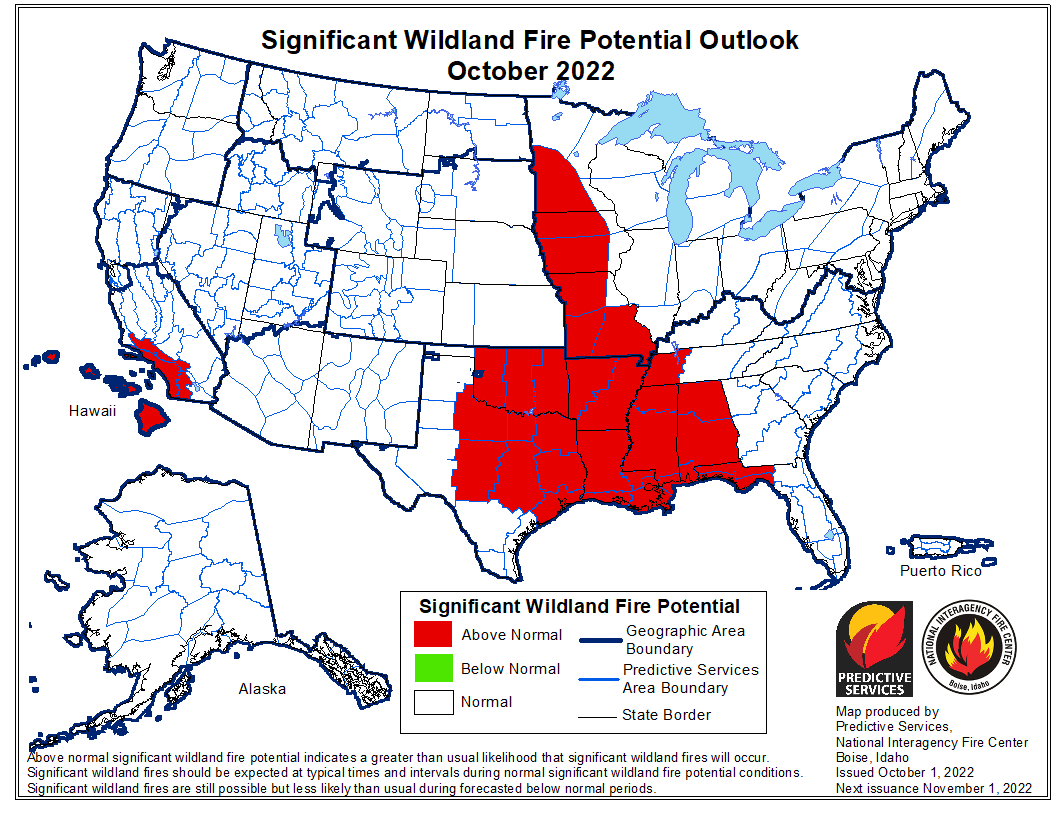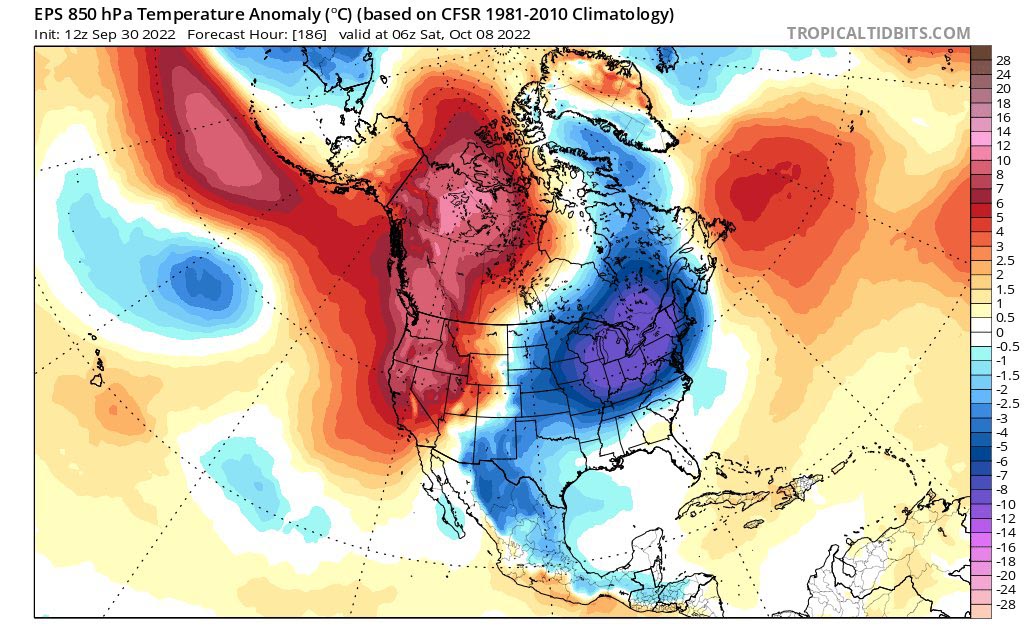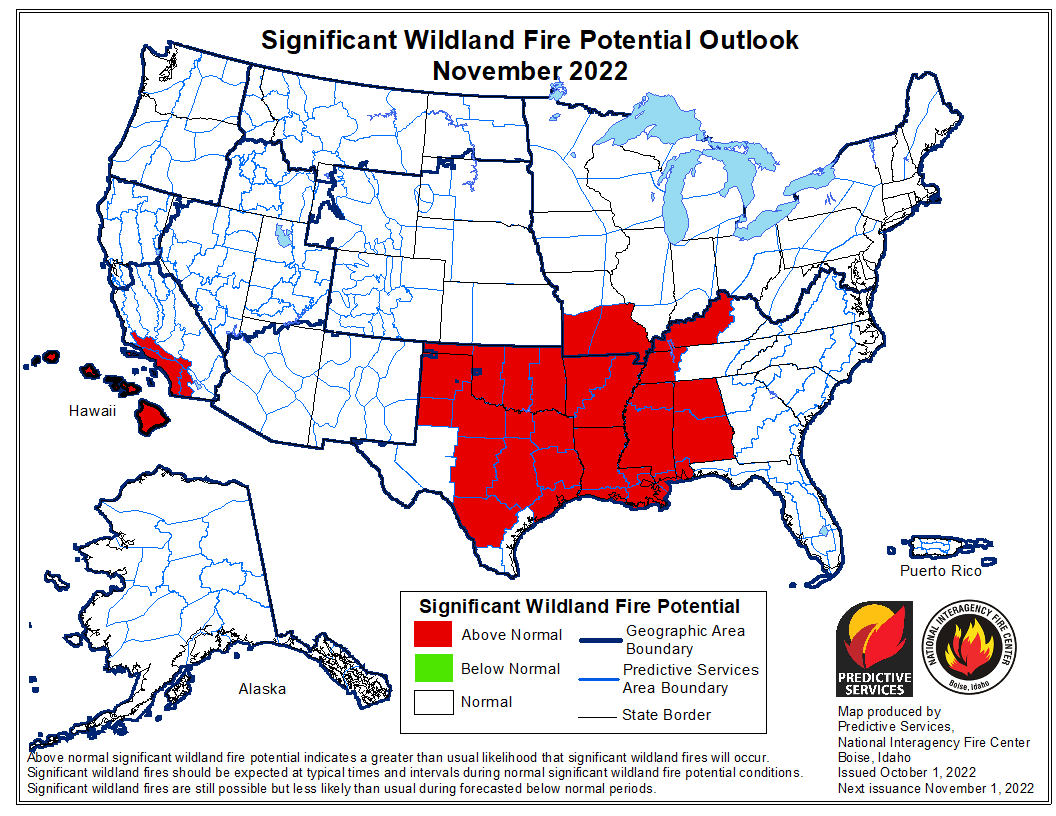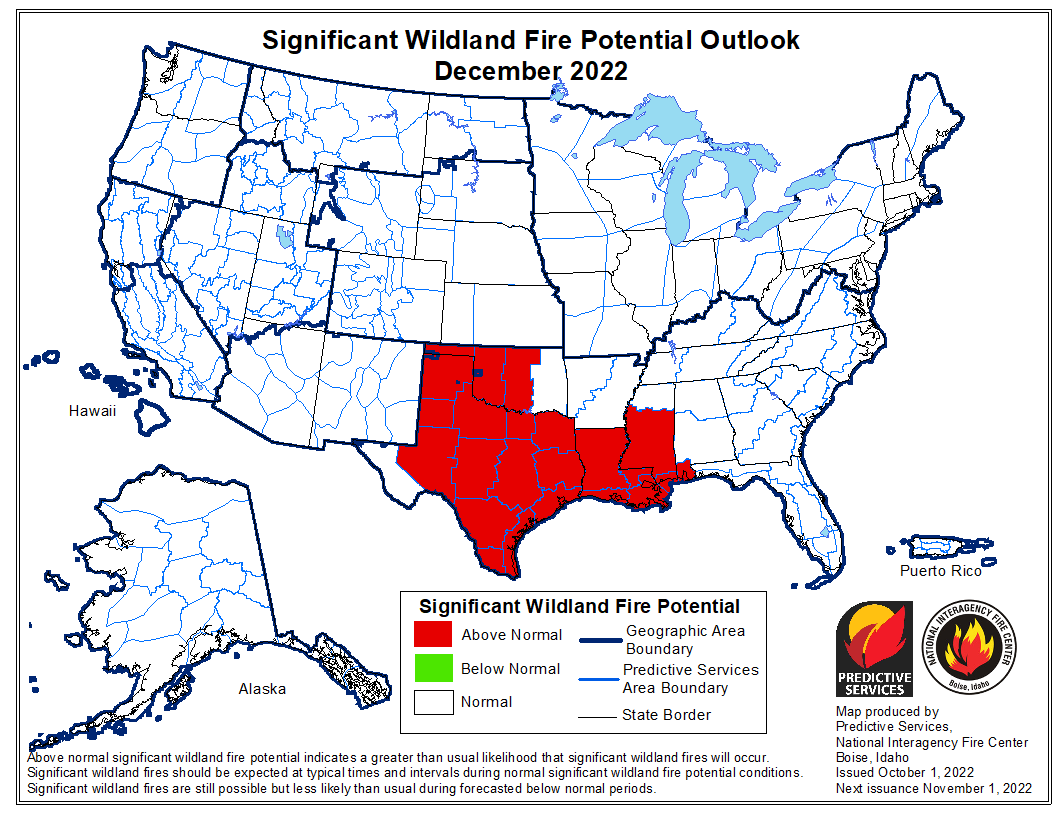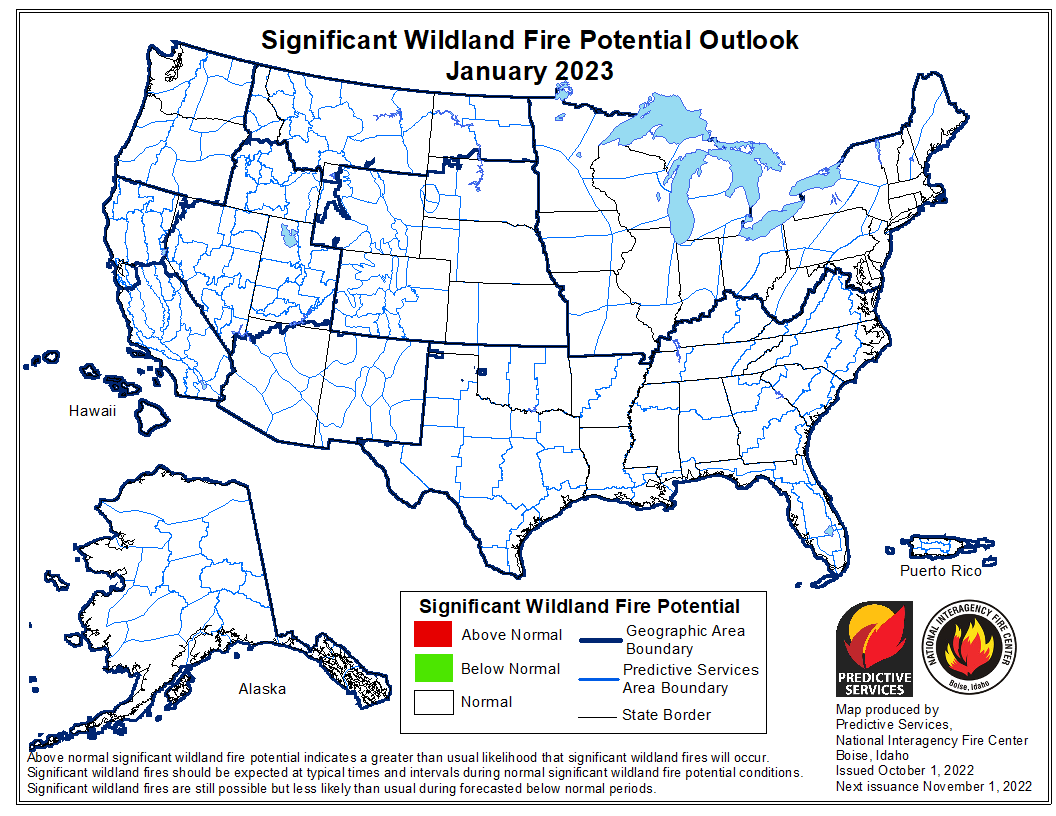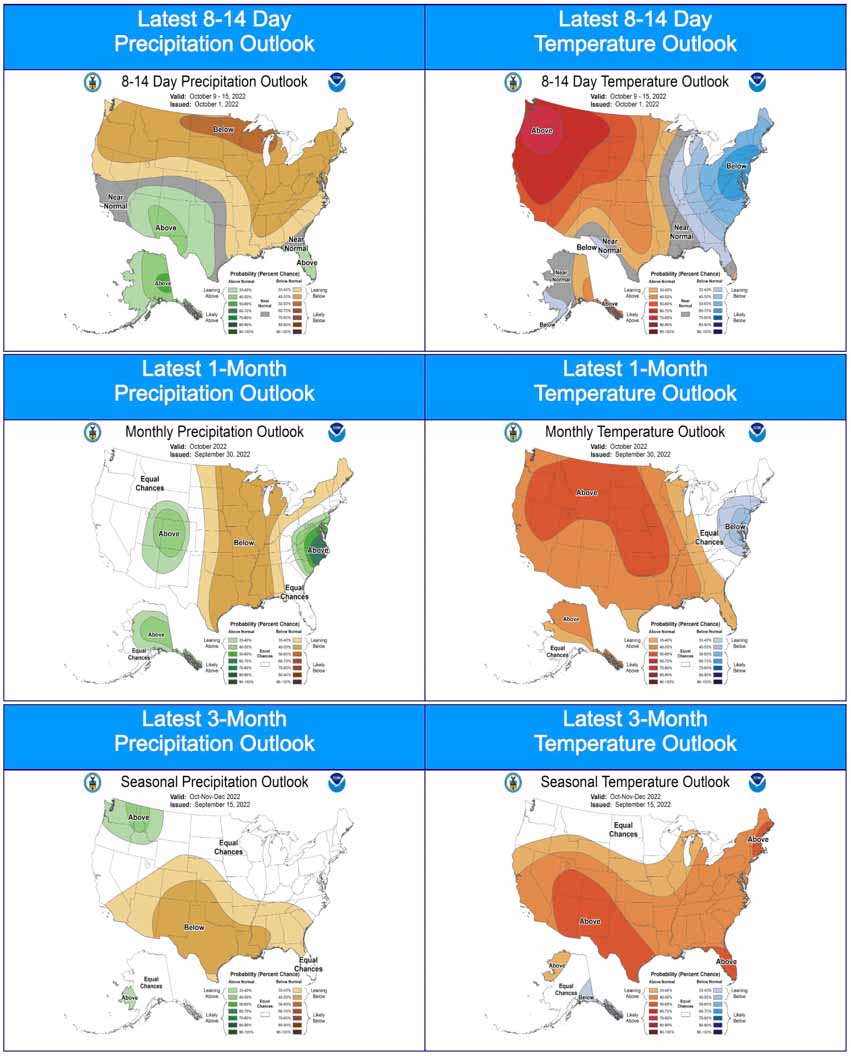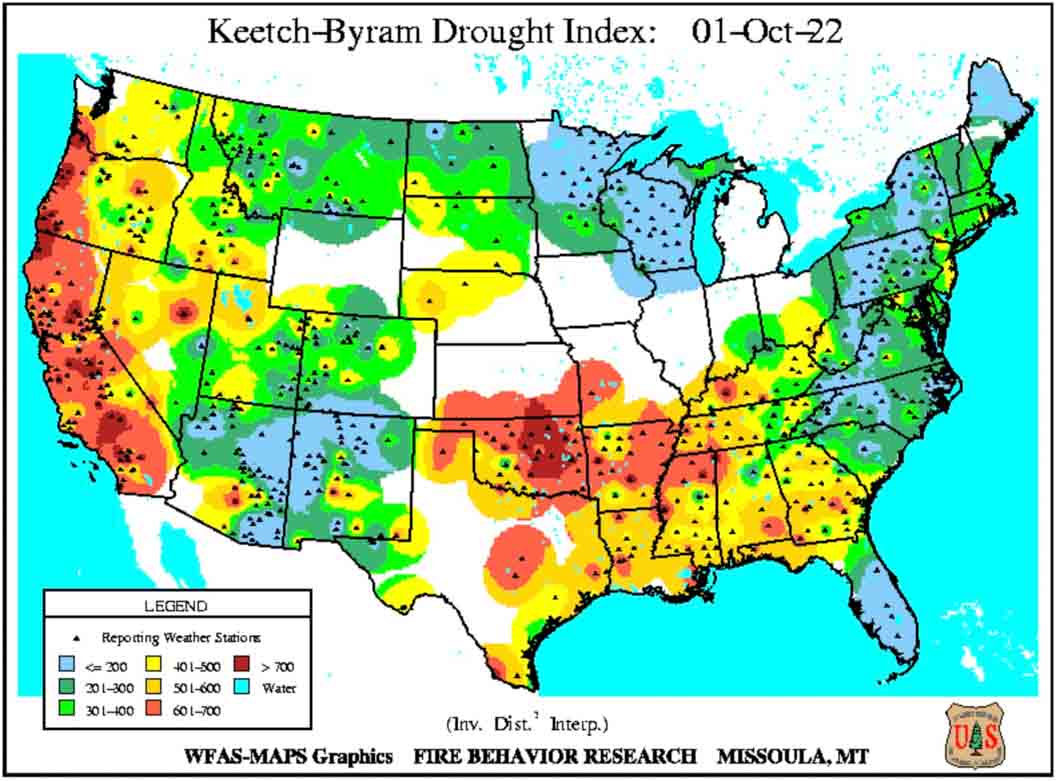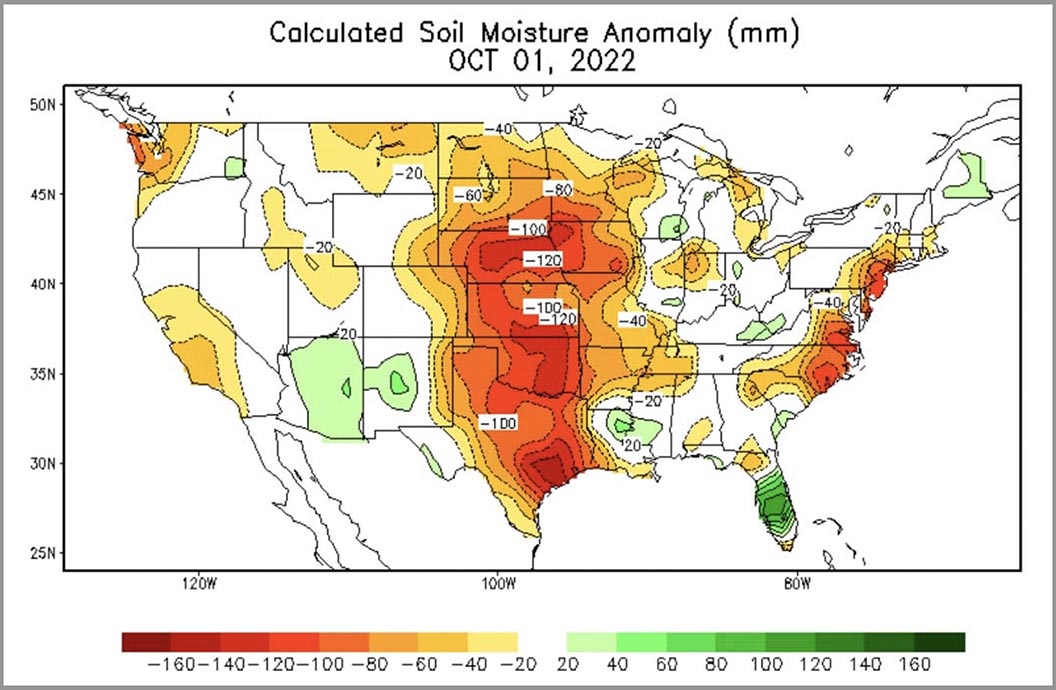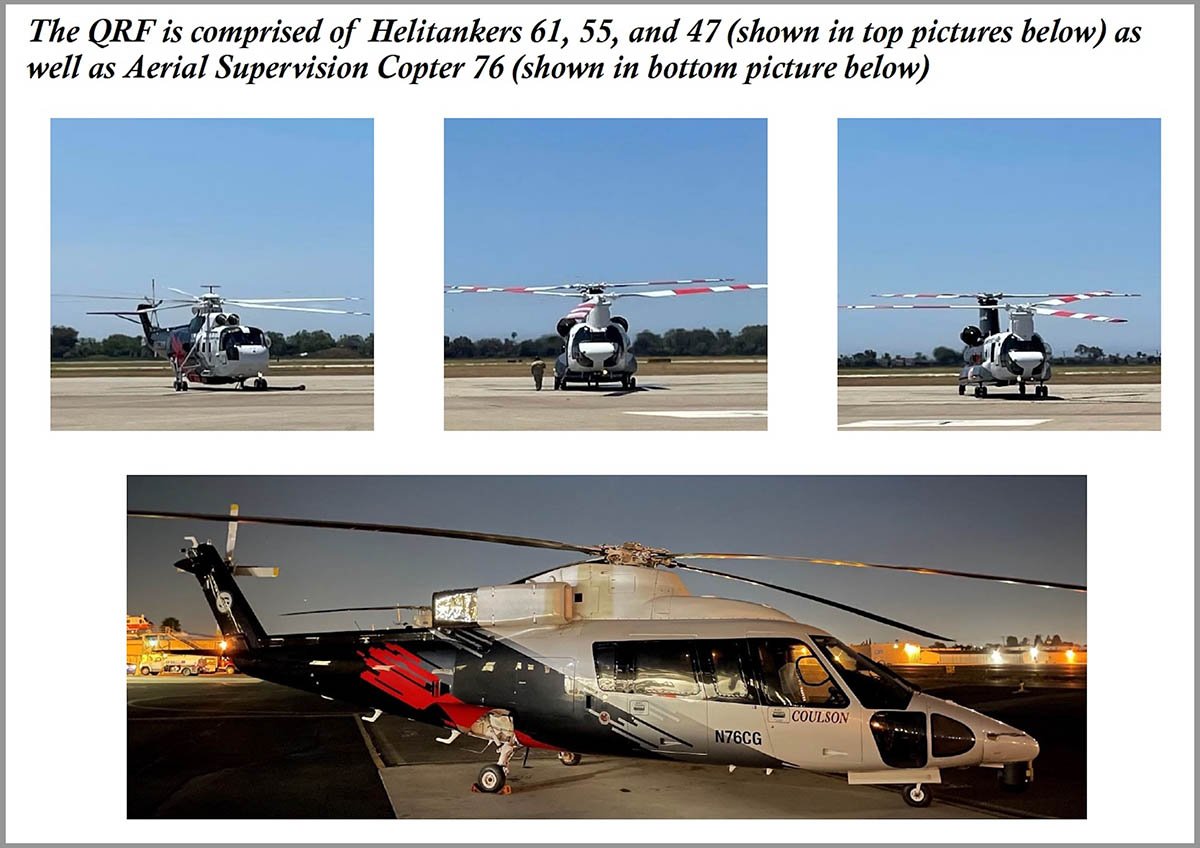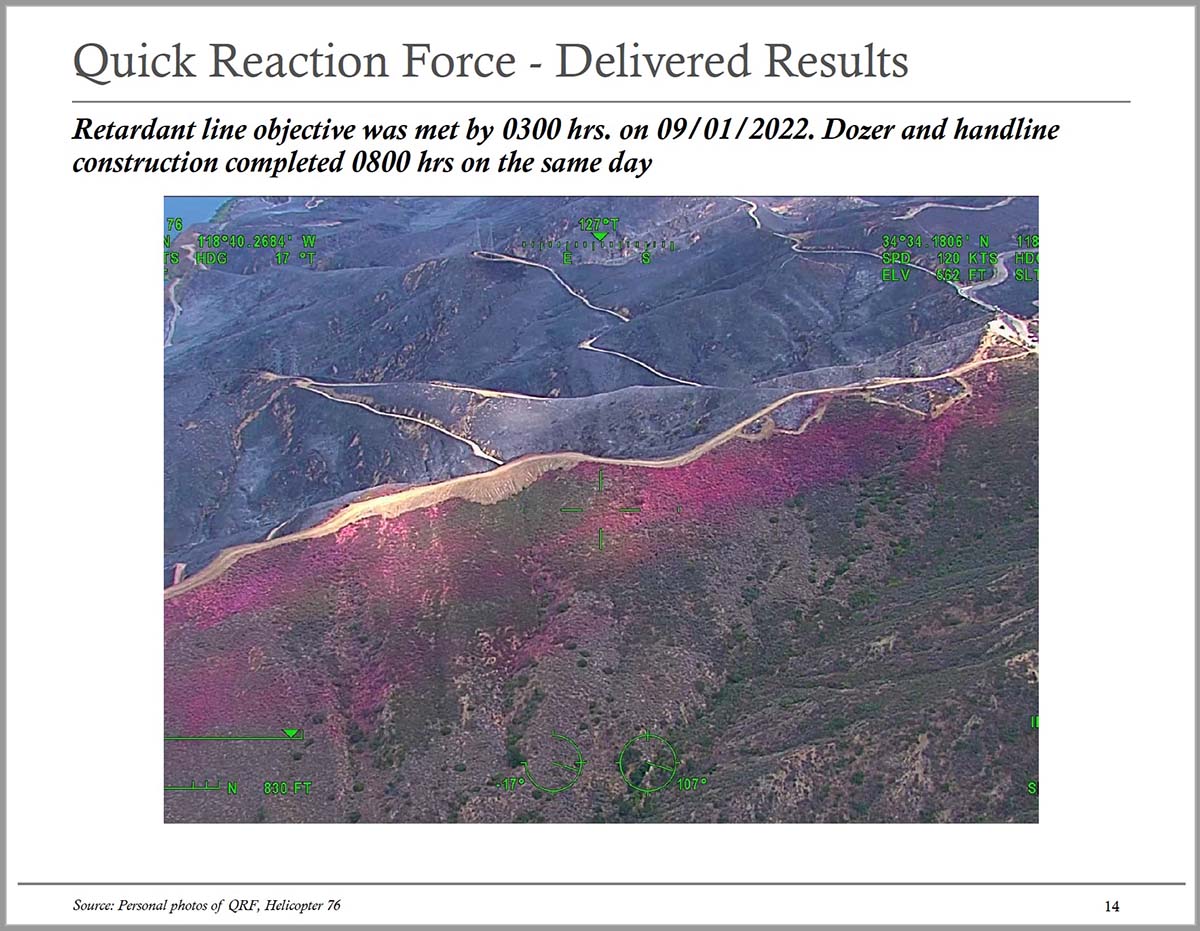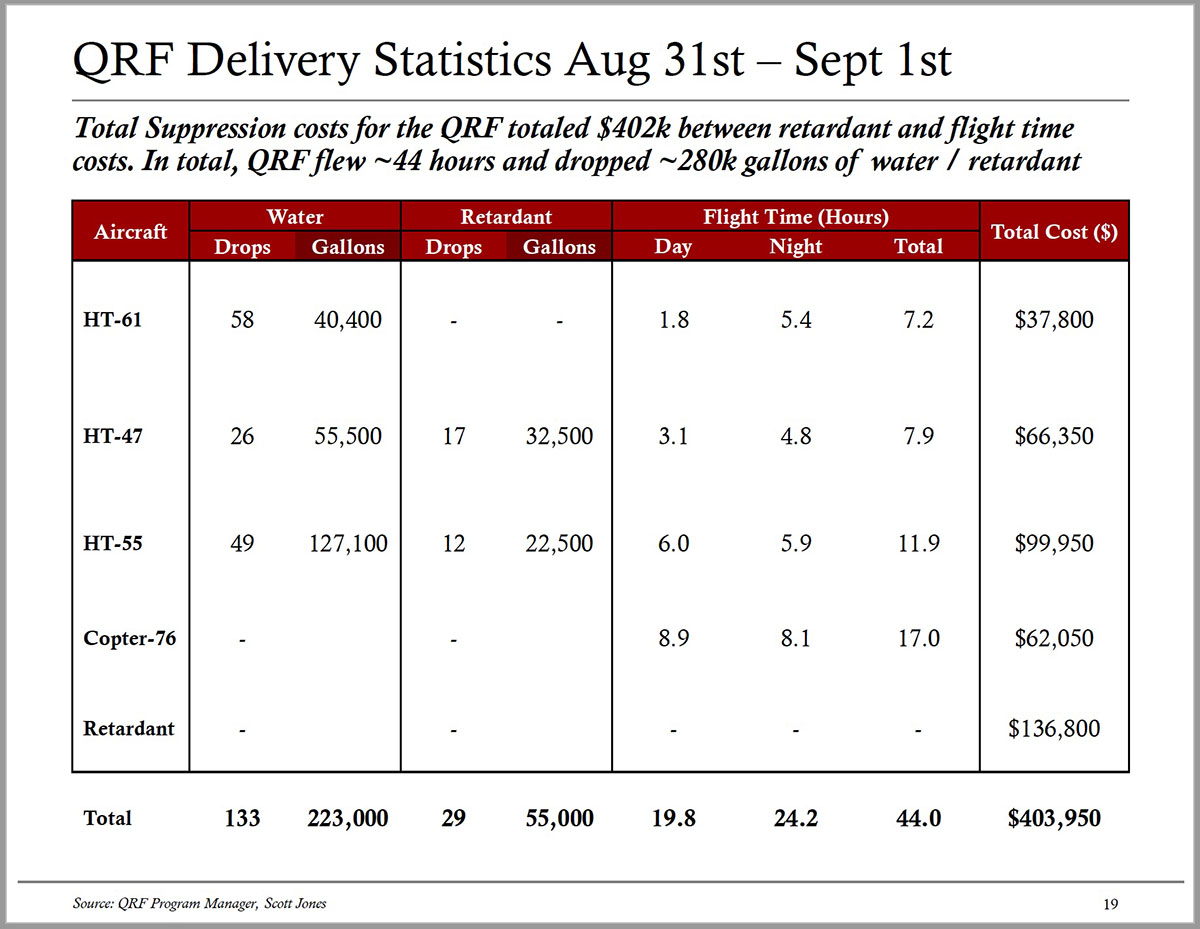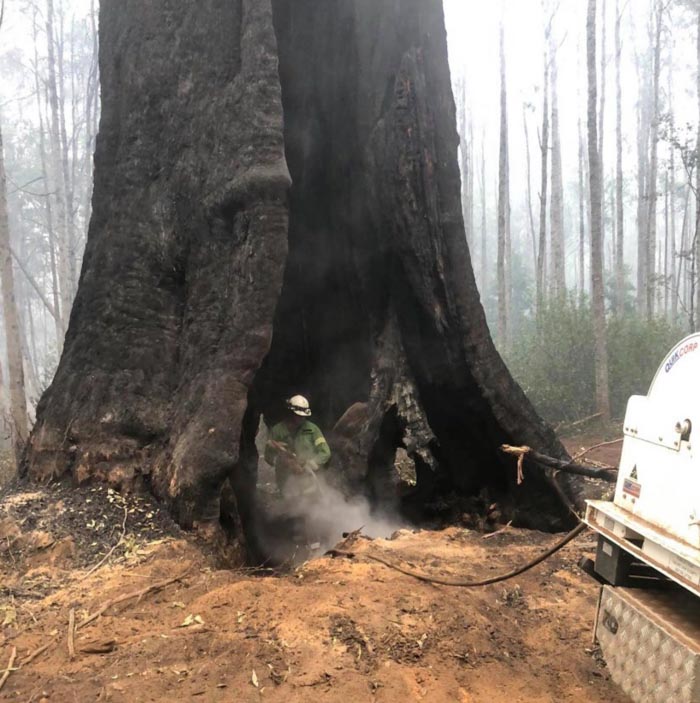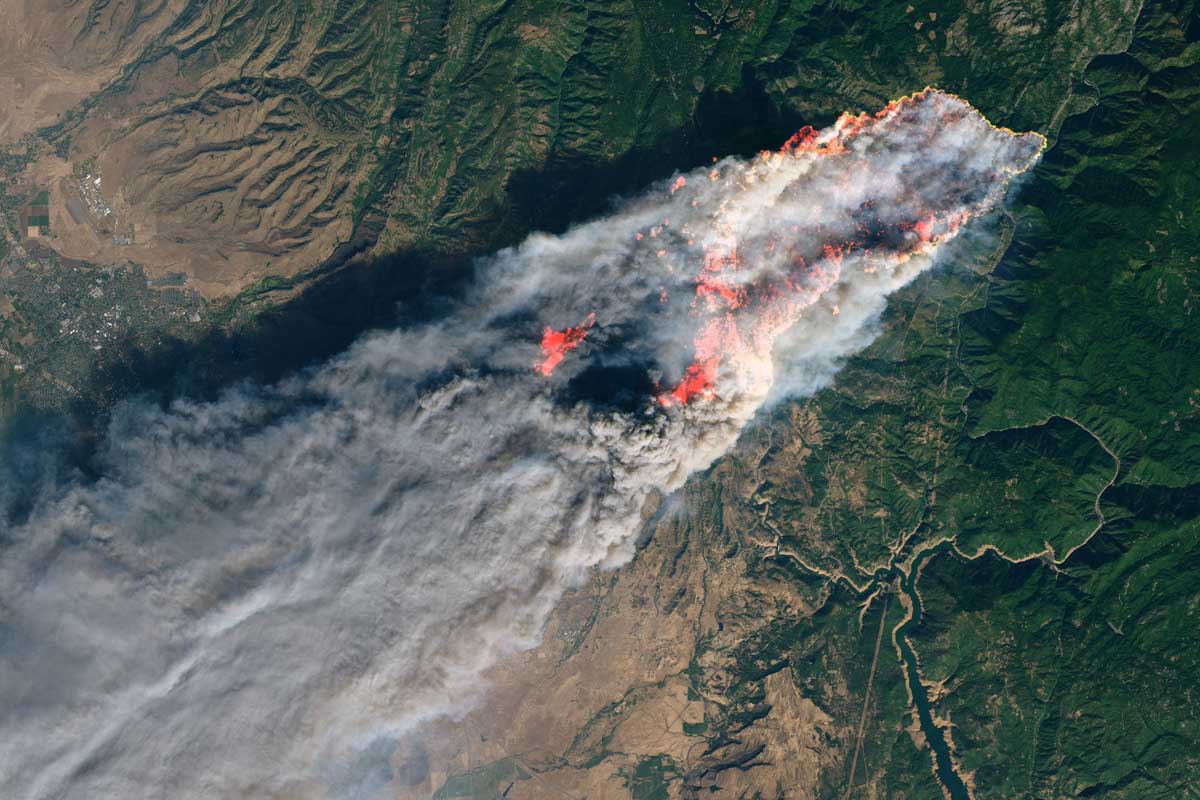Updated 5:26 p.m. CDT Oct. 4, 2022

An updated map is available for the Bovee Fire near Halsey, Nebraska, showing that it has burned approximately 18,932 acres. Compared to the last map update Sunday night it is shown to be substantially farther to the north, crossing from Thomas County into Cherry County. The overall length, north to south, is 17 miles and at its widest point southwest of Halsey is 3 miles across.
All evacuations on the fire have been lifted and Highway 2 is open. Drive with caution, firefighters advise, as there may be heavy fire traffic and smoke in the area.
In the video below recorded Tuesday morning Planning Section Chief Tom Barter presented an update. At that time he did not have access to the newest map, above.
Updated 7:39 p.m. CDT Oct. 3, 2022
Showers and high humidity have slowed the spread of the Bovee Fire west of Halsey, Nebraska. Two weather stations west and north of the fire have recorded 0.24″ and 0.17″ of rain since 1 a.m. Monday.
The Rocky Mountain Complex Incident Management Team, led by Incident Commander Dan Dallas, is en route to the incident.
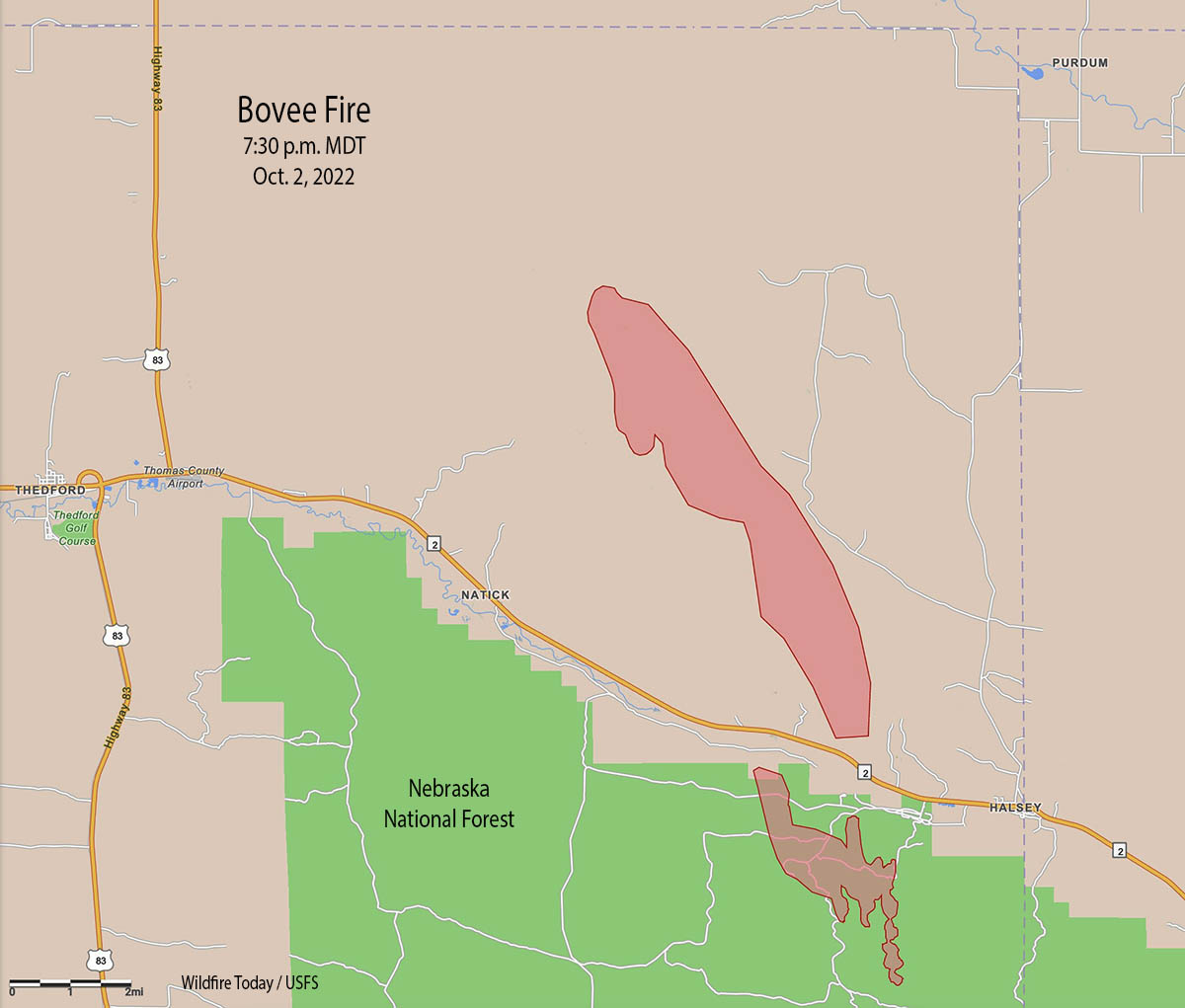
The Lincoln Journal Star reported that a volunteer firefighter, Mike Moody assistant Chief of the Purdum Volunteer Fire Department, died at the fire Sunday after suffering a medical emergency. Moody, 59, had served with the department for more than 40 years and had previously been its chief, according to a news release from the agency.
“We had a good night last night and made a lot of progress on the east and north,” said Incident Commander Brian Daunt. “Today’s focus is going to be holding those lines, and constructing line to the west of the fire.”
More than 100 firefighters are on scene, including two Interagency Hotshot Crews, 10 engines, and a dozer. Colorado’s Multimission Aircraft is scheduled to fly the fire this afternoon to provide detailed infrared mapping of the fire perimeter.
A mapping flight at 7:30 p.m. Sunday found that the fire had burned 7,780 acres. Officially, the Nebraska National Forest is still going with 15,000 acres, an estimate developed Sunday afternoon before it was mapped from an aircraft.
Nebraska Highway 2 has been reopened between Thedford and Halsey.
11:53 a.m. CDT Oct. 3, 2022
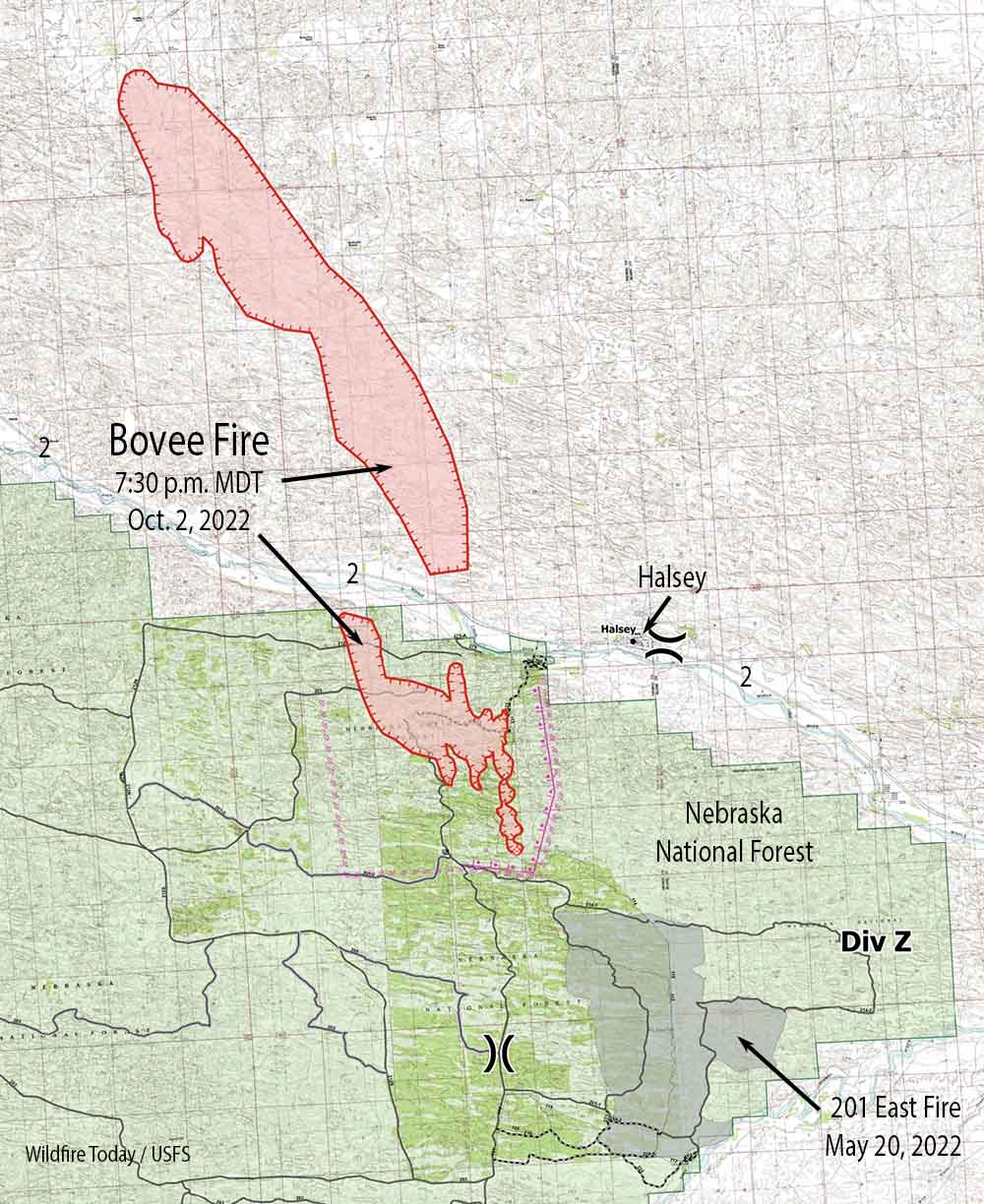
The Bovee Fire has prompted an evacuation of the community of Halsey in central Nebraska. After it was reported Sunday at 1:38 p.m. CDT it spread north very rapidly. When the fire was mapped at 7:30 p.m. it had blackened 7,780 acres.
It is burning on the Nebraska National Forest and on private land on both sides of Highway 2 west of Halsey, 13 miles southeast of Thedford.
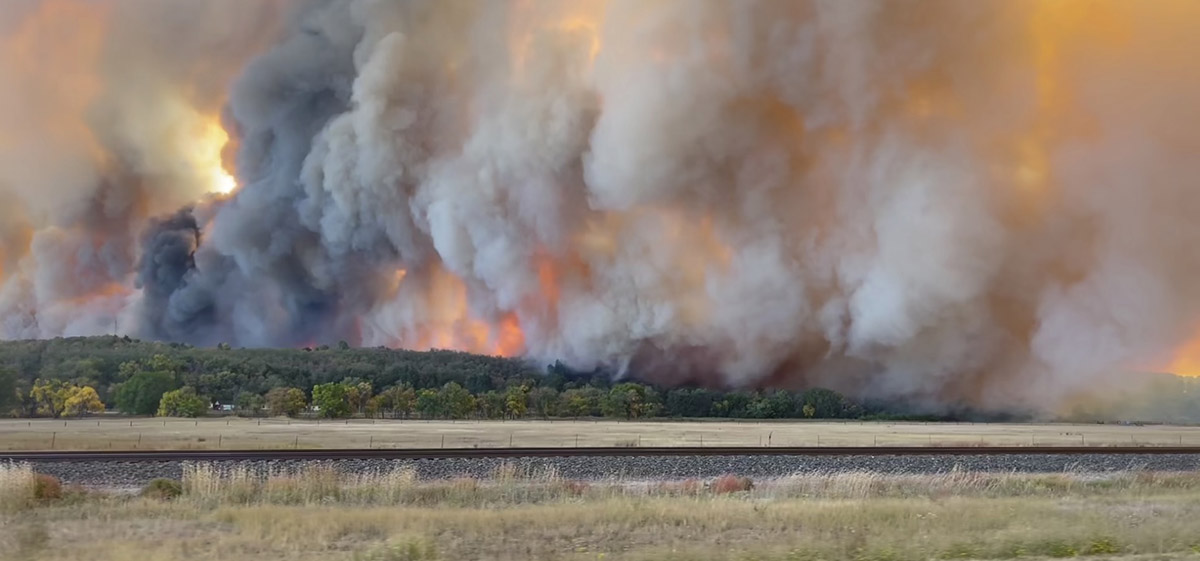
The Forest Service reported that multiple large and single engine air tankers assisted firefighters Sunday and an incident management team has been ordered.
Multiple structures are reported to have been destroyed at the Nebraska State 4-H camp.

When the fire started the relative humidity was in the 20s and the wind was gusting to 34 mph out of the south-southeast. The wind speed decreased overnight as clouds moved in and after midnight light rain was detected at the Thedford Airport. A weather station north of the fire at the Valentine National Refuge measured 0.13″ Monday between 2 and 11 a.m. CDT.
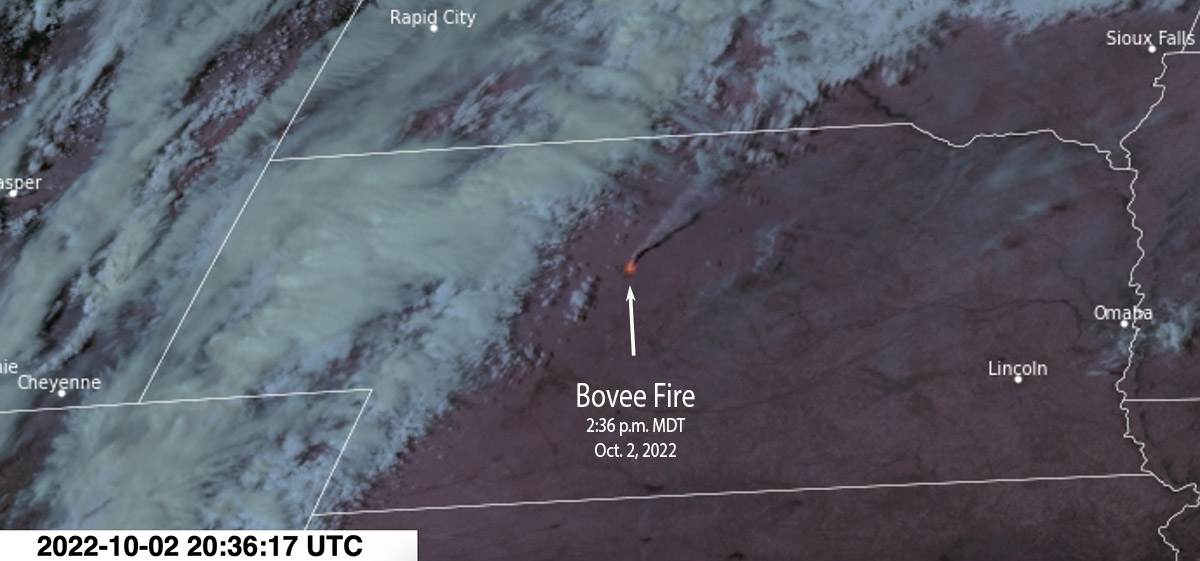
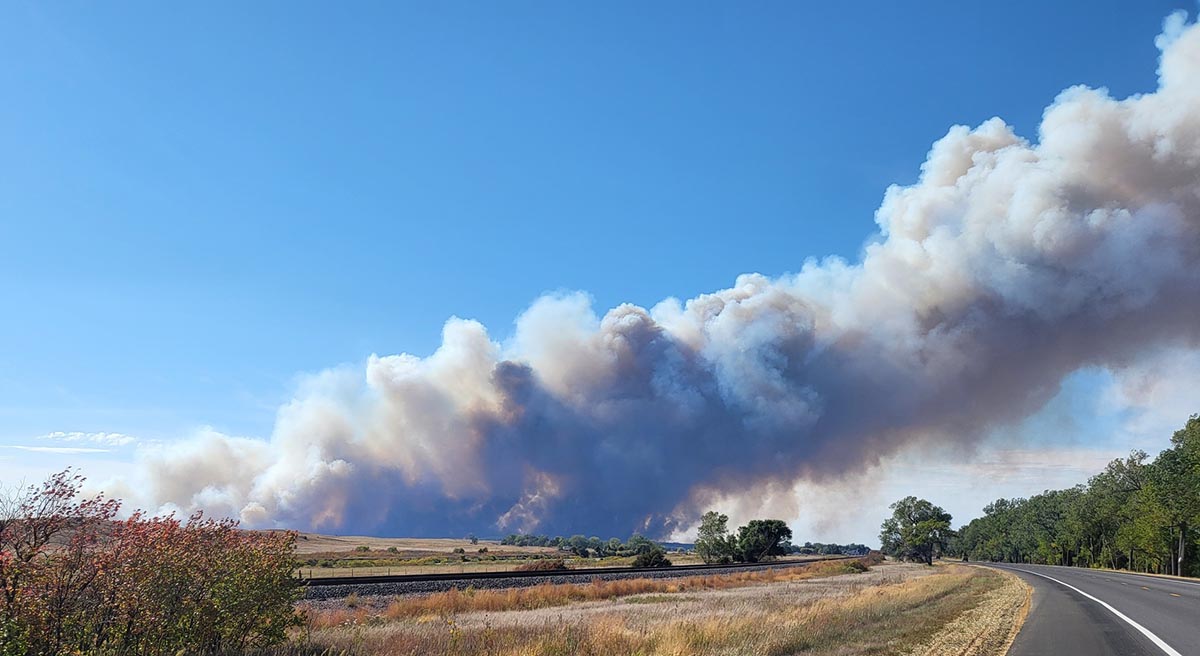
In May of this year the 201 East Fire just south of the current Bovee Fire burned 4,100 acres in the Nebraska National Forest.

